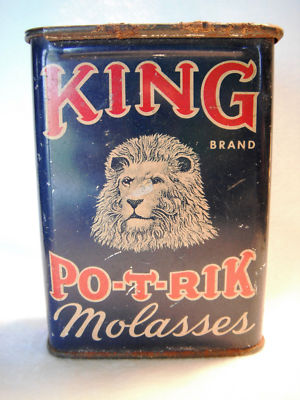OK, we all know it, I’m obnoxiously devoted to my home state. So when I read current “transit” news about Maryland transportation officials meeting with Frederick County Commissioners(1 November 2013), I was disappointed to read that it was all about widening I-70 and I-270. Ever since governments intentionally participated in the trashing of public investment in transportation in favor of the automobile, future funding that prefers interstates makes me yawn. Not only do we preferentially fund highway projects at incredibly staggering costs, we then have to make personal investments in the purchase and upkeep of automobiles in order to take advantage of the system our own tax dollars built.
Perhaps its my own fault for necessarily assuming that “transit” = “mass transit.” Anyone who has attempted to commute through the Frederick County I-70/I-270 corridors knows its a nightmare. The Maryland transportation budget structure is the largest it has ever been at $14.5 billion. And yet, they couldn’t fund a single train platform at the MARC Point of Rocks station in the next 6 years. State Senator David Brinkley was quoted as saying, “I just want to see 270 fixed in my lifetime…It might be that tolling is the way to fix that.” What about increased train service and/or rail to reduce capacity? When is there going to be a rail line between Frederick and Baltimore, a particularly sticky commute? MDOT has prioritized spending $80 million dollars on an US 15/Monocacy Blvd interchange (read: access to commercial corridors) and pat themselves on the back for spending $155,000 on 3 piddly buses. Give me a break.
Why are we falling behind as a nation? Because the bulk of us are sitting behind the wheel getting pissed off and losing hours of productivity, or preparation time for productivity. Attempts to recapture the time in a meaningful way might include listening to books, but I think most people are just trying to survive. You could be on a train, thinking, writing, talking (low voices please), preparing for the day.

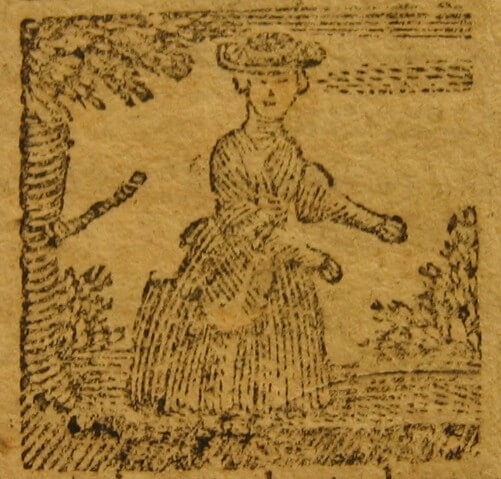
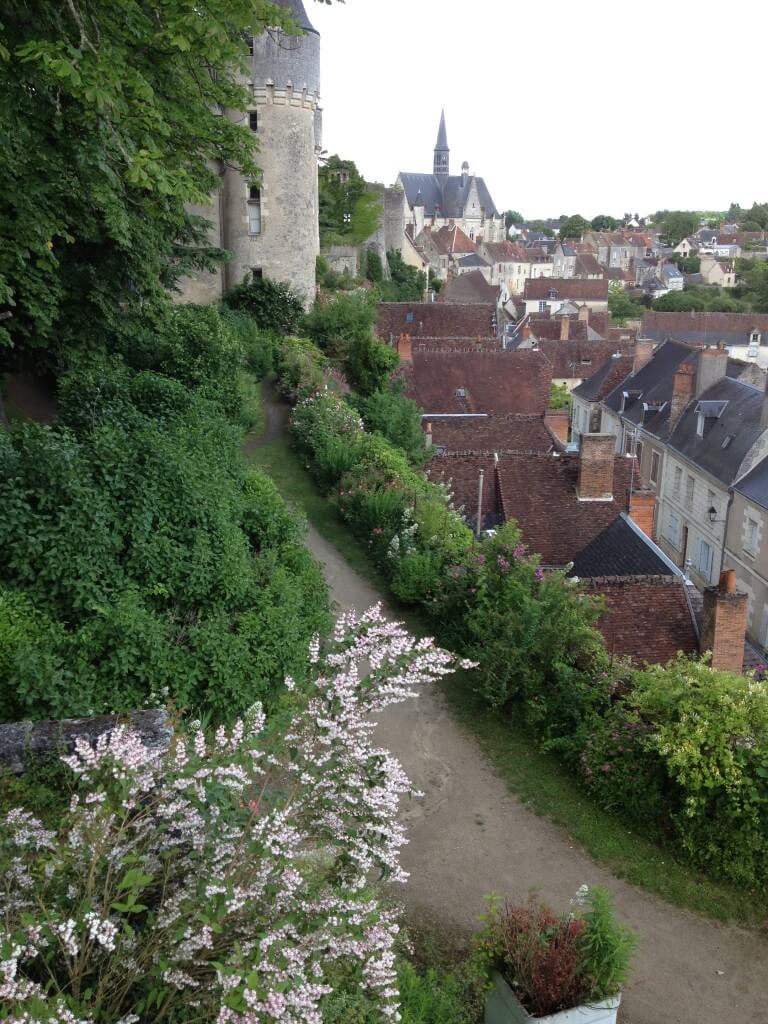
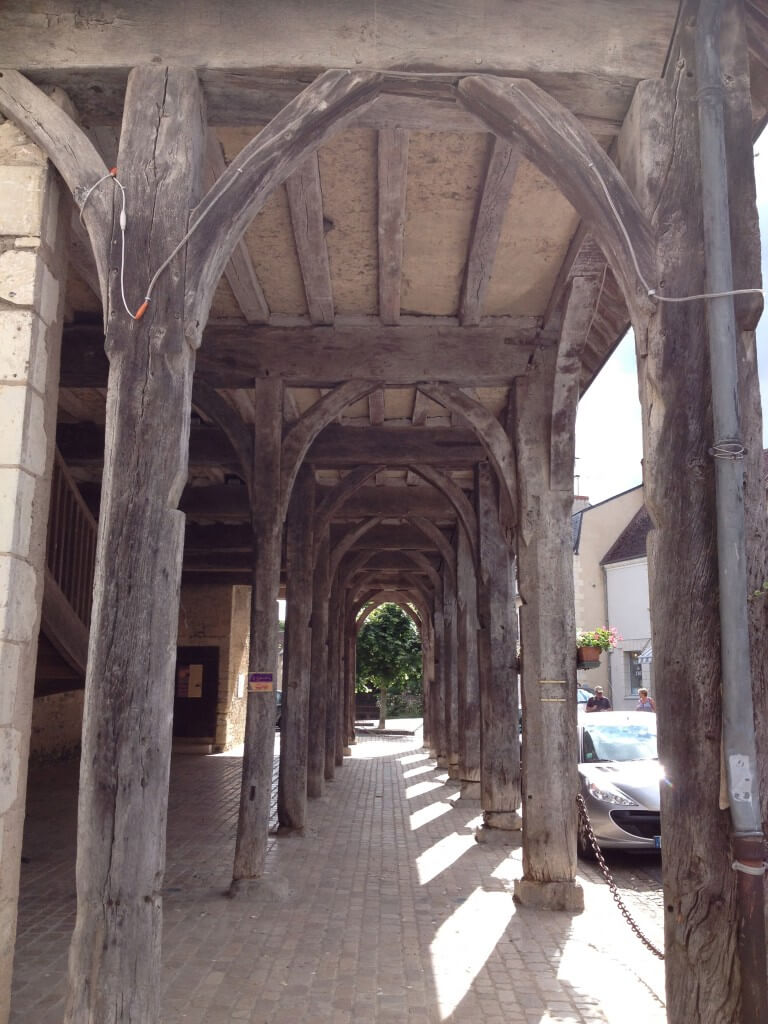


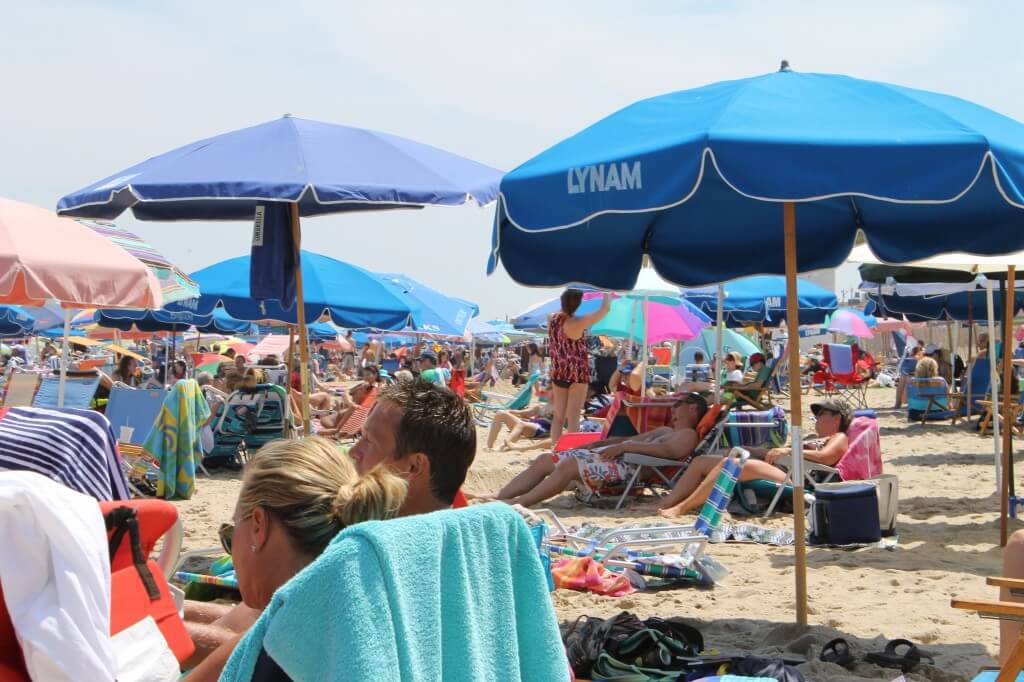

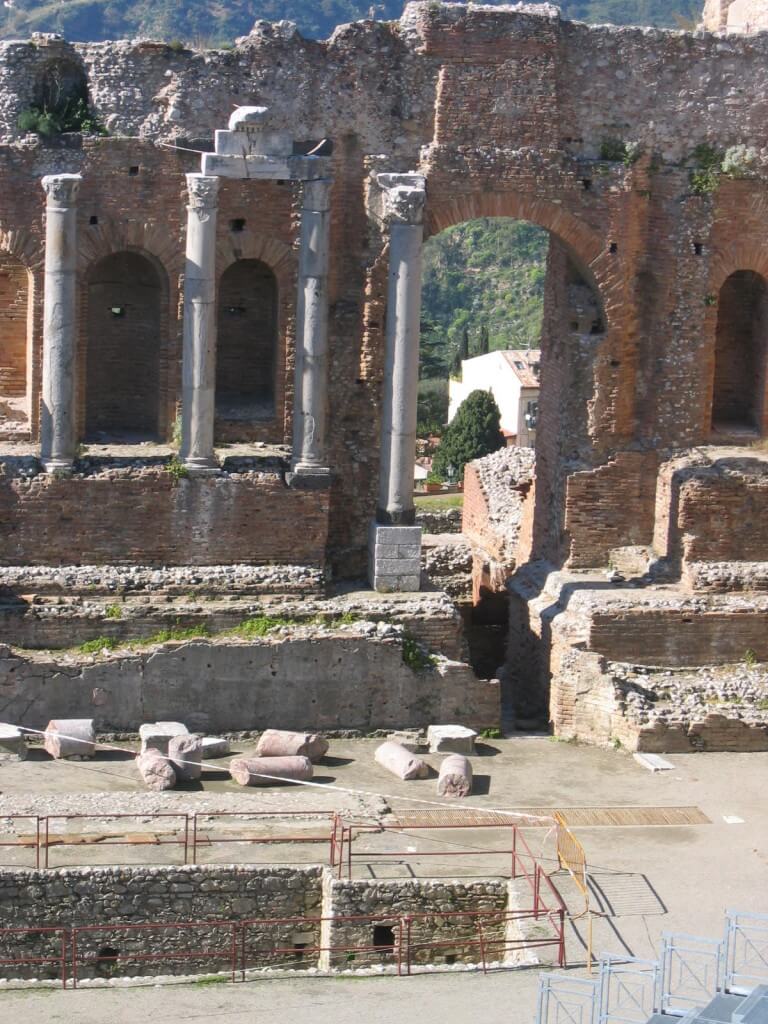
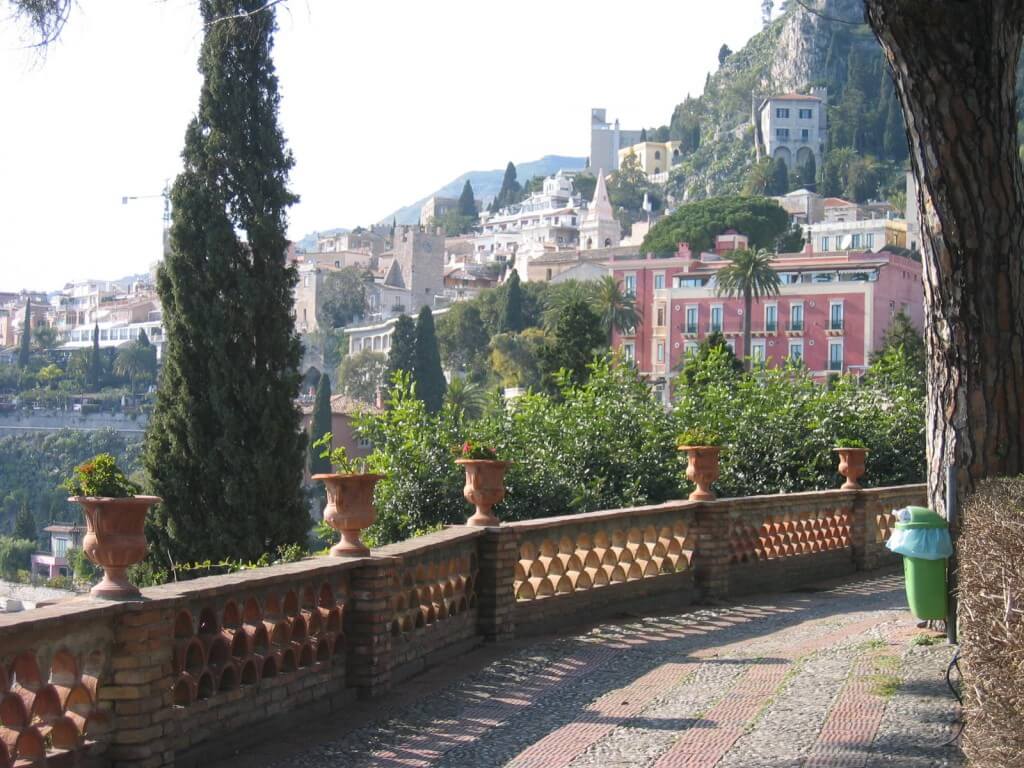
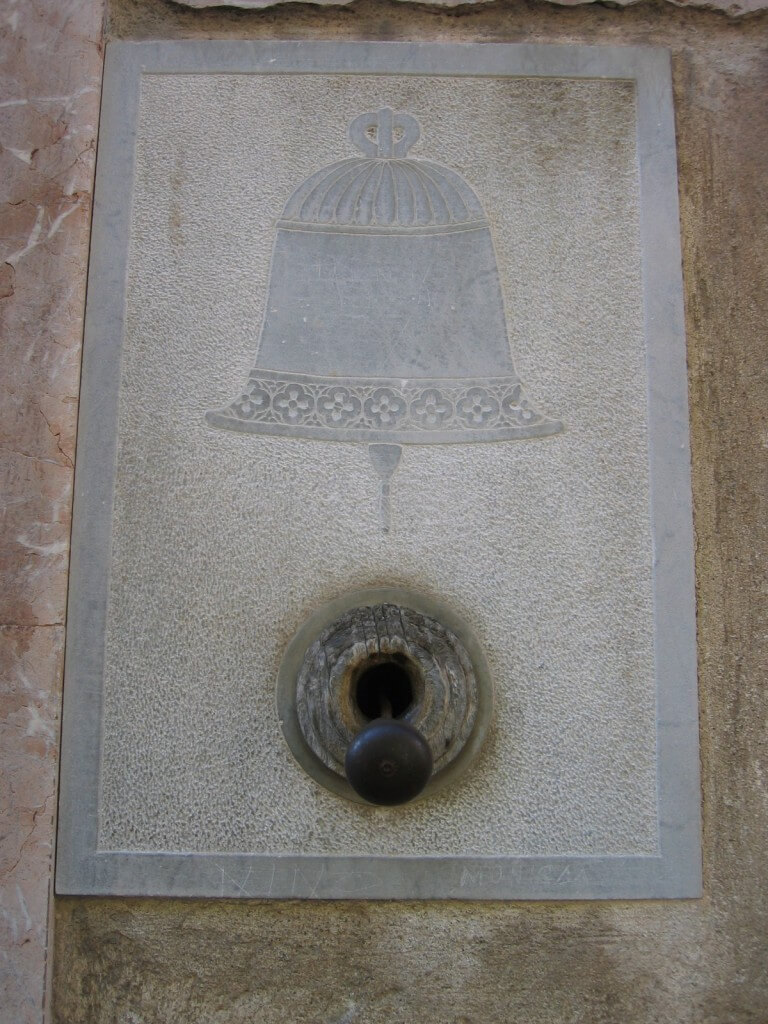
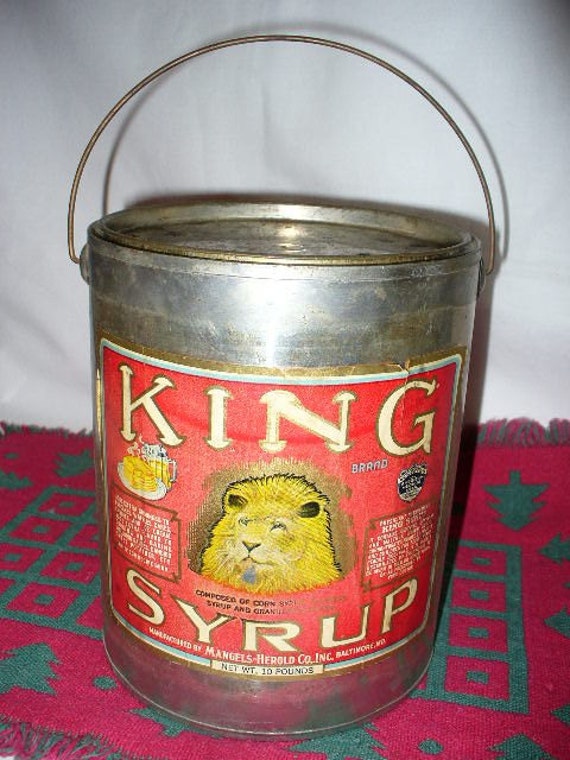 King Syrup is a mid-Atlantic combination of corn and sugar syrups created by the Mangels-Herold Company in Baltimore in 1901. Would you ever put Karo Syrup on your pancakes? No way. But King Syrup is different. At my parents’ house in Westminster, Maryland, we ate Log Cabin and Mrs. Butterworths, somehow more modern in taste than the King Syrup we ate on hotcakes at Mom Mom Mom and Pop Pop’s in Havre de Grace. (I don’t think I ate maple syrup habitually until I moved to Boston after grad school). Breakfast was either bacon and eggs, or pancakes and sausage. (although before I was around, my grandfather was known to eat more eyebrow-raising/foodie-esque fried shad roe and pork brains). King Syrup was often used throughout the 20th century in the mid-Atlantic to make Shoo Fly pie, a Pennsylvania German dessert that’s like pecan pie without the pecans, with a spiced crumb topping. There was also the inexplicably named King Po-T-Rik, a more molasses-y version, that some folks put on biscuits. My grandfather kept hardware in old King Syrup cans after they were emptied.
King Syrup is a mid-Atlantic combination of corn and sugar syrups created by the Mangels-Herold Company in Baltimore in 1901. Would you ever put Karo Syrup on your pancakes? No way. But King Syrup is different. At my parents’ house in Westminster, Maryland, we ate Log Cabin and Mrs. Butterworths, somehow more modern in taste than the King Syrup we ate on hotcakes at Mom Mom Mom and Pop Pop’s in Havre de Grace. (I don’t think I ate maple syrup habitually until I moved to Boston after grad school). Breakfast was either bacon and eggs, or pancakes and sausage. (although before I was around, my grandfather was known to eat more eyebrow-raising/foodie-esque fried shad roe and pork brains). King Syrup was often used throughout the 20th century in the mid-Atlantic to make Shoo Fly pie, a Pennsylvania German dessert that’s like pecan pie without the pecans, with a spiced crumb topping. There was also the inexplicably named King Po-T-Rik, a more molasses-y version, that some folks put on biscuits. My grandfather kept hardware in old King Syrup cans after they were emptied.